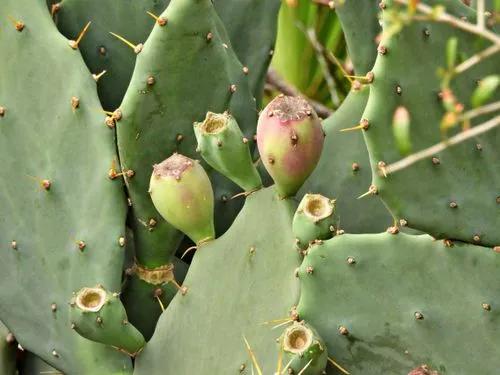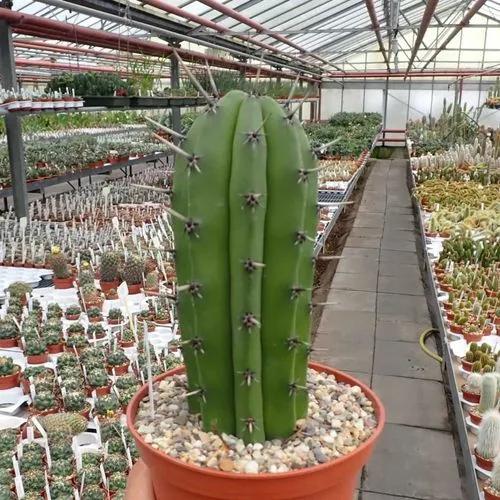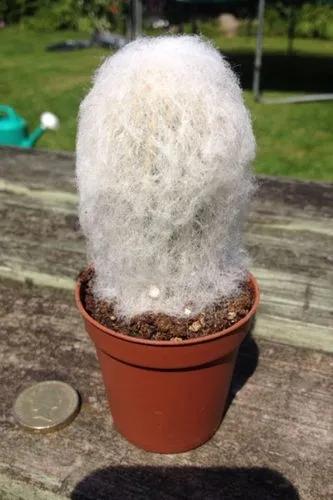Gymnocalycium is a genus of cactus which is native to South America. All species occur east of the Andes, and most are native to the southern half of the continent. Most species are small, seldom growing more than about 4 or 5 inches tall, and a few inches in diameter. One of the most diagnostic traits of this genus are its flower buds which are "naked", lacking hairs, or spines.
Gymnocalycium Bruchii Care
Gymnocalycium Bruchii
Other names: Hens And Chicks



How to Care for the Plant

Water

Very little water

Fertilizer

During growth - ie from March to August - the Gymnocalycium cactus is grateful for an additional nutrient supply. This should be administered in the form of kalireichem Volldünger and every two weeks. The fertilizer is ideally dissolved directly in the irrigation water or a liquid preparation used, since the agent also can not be given from the top of the earth. By the end of August at the latest, the fertilization of Gymnocalycium cacti must be stopped. This is necessary so that the plant can prepare for hibernation.

Popularity

37 people already have this plant 9 people have added this plant to their wishlists
Discover more plants with the list below
Popular articles






